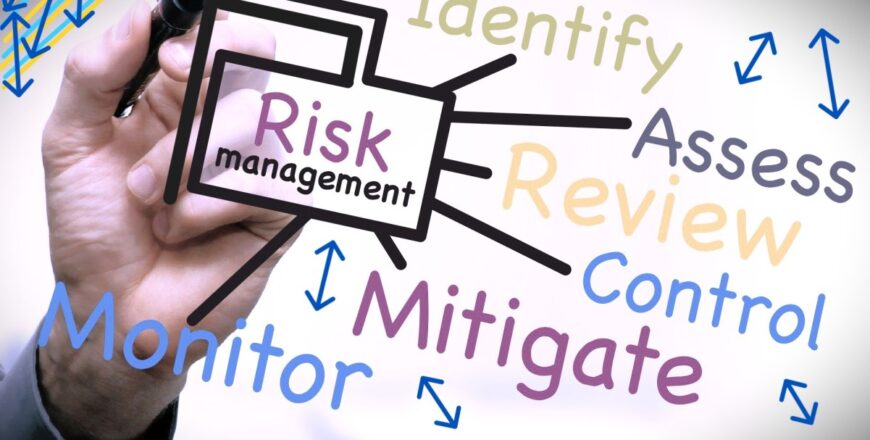Risk Based Strategies for Inspection & Maintenance (RSI & RBM)

I. Introduction:
Traditional maintenance practices often involve fixed schedules or reactive approaches, leading to inefficiencies and unnecessary costs. This course introduces Risk-Based Strategies for Inspection & Maintenance (RBI & RBM), a proactive approach that prioritizes maintenance activities based on the likelihood and potential consequences of equipment failure.
II. Course Objectives:
Gain a comprehensive understanding of the core principles and methodologies of Risk-Based Inspection (RBI) and Risk-Based Maintenance (RBM).
Master the techniques for identifying, analyzing, and prioritizing potential equipment failures based on their severity and probability of occurrence.
Develop the ability to assess the consequences of equipment failure, considering factors like safety, environmental impact, and production losses.
Learn about various inspection methods and their applicability based on the risk profile of equipment.
Understand the process of developing effective maintenance plans and optimizing resource allocation for inspection and maintenance activities.
Explore the integration of RBI & RBM with other asset management frameworks.
III. Course Highlights:
Paradigm Shift in Maintenance:
Compare and contrast traditional time-based and reactive maintenance approaches with the proactive philosophy of RBI & RBM.
Understand the benefits of risk-based strategies in optimizing maintenance costs, improving equipment reliability, and enhancing safety.
Explore the role of RBI & RBM in achieving long-term asset integrity and operational efficiency.
Risk Assessment Fundamentals:
Grasp the core concepts of risk, including its components of likelihood and consequence of failure.
Learn about qualitative and quantitative methods for risk assessment in the context of RBI & RBM.
Explore various risk matrices used to categorize equipment based on their risk profile.
Failure Modes and Effects Analysis (FMEA):
Master the application of FMEA in identifying potential failure modes of equipment, their root causes, and associated effects.
Consequence Analysis:
Understand the methodology for evaluating the potential consequences of equipment failure, considering safety hazards, environmental impact, production downtime, and repair costs.
Inspection Techniques and Risk-Based Inspection Planning:
Explore various non-destructive testing (NDT) methods used for equipment inspection, such as visual inspection, radiography, and ultrasonic testing.
Learn about the selection of appropriate inspection techniques based on the equipment type and risk profile.
Develop strategies for developing risk-based inspection plans, and defining inspection frequencies and intervals.
Risk-Based Maintenance (RBM) Strategies:
Understand the process of establishing maintenance tasks and selecting appropriate maintenance techniques based on the assessed risk.
Explore various maintenance strategies like preventive maintenance, predictive maintenance, and condition-based maintenance within the RBM framework.
Integration with Asset Management Systems:
Learn about the integration of RBI & RBM with broader asset management systems for effective data management and decision-making.
IV. Target Audience:
This course is designed for professionals involved in various aspects of asset management and maintenance, including:
- Reliability engineers, maintenance planners, and asset integrity specialists.
- Plant engineers, process engineers, and operations personnel.
- Risk management professionals and safety specialists.
- Inspection personnel and non-destructive testing technicians.




